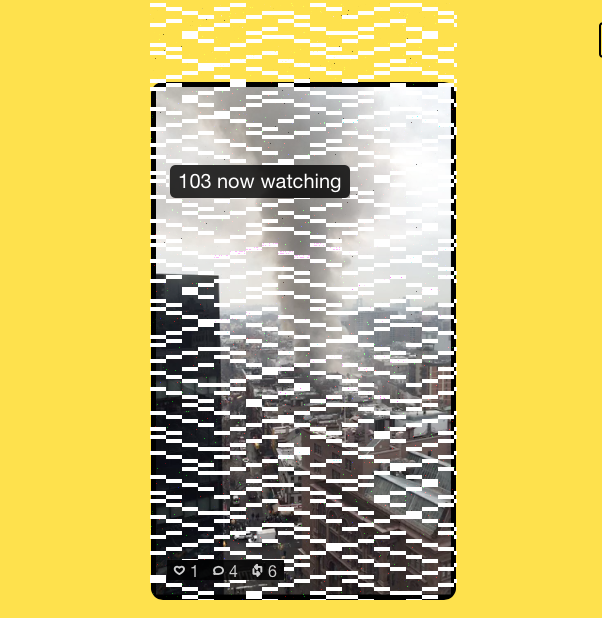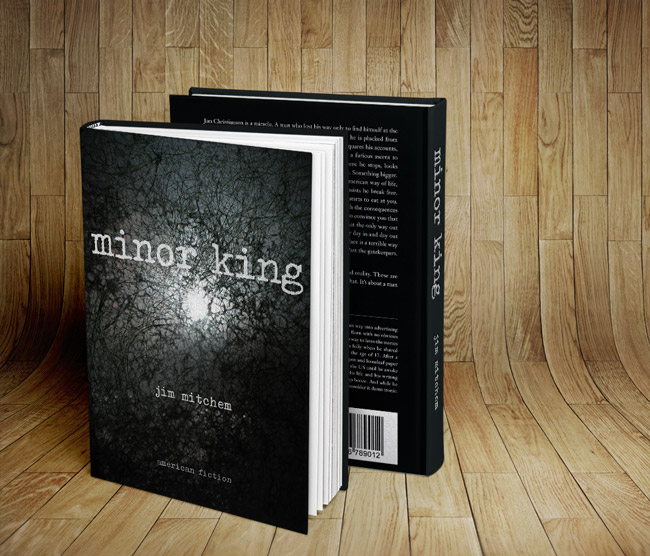
If you’ve spent any time on Twitter lately, you’ve no doubt seen the hashtag #meerkat. This new iOS app debuted at SXSW, even though Gary Vaynerchuk started using it before the annual party in Austin. And if Gary uses it, you know that his legion of fans are going to use it.
And boy have they. I can’t pop into Twitter anymore without seeing |LIVE NOW| links to streaming videos by marketing gurus who all want to be THE subject matter expert for this new toy.
What is Meerkat?
Simply stated, Meerkat is a mobile application that streams live video from your device and (currently) integrates with Twitter so that when you start a broadcast, it alerts your followers and provides a link to where they can watch and interact. It’s currently only available for Apple’s iOS, but clearly, if it catches on, they’ll have to build the application out for Android. The interesting thing about the Twitter connection, however, is that since Meerkat’s rollout, Twitter has limited its functionality on that platform as Twitter itself recently procured an application called Periscope (for 100 million dollars). And Periscope is a live video streaming application. Just like Meerkat.
When we were at Disney World earlier last week, I decided to try Meerkat on a couple of rides. Several people viewed the videos and applauded my nimble hand as I negotiated twists and turns on roller coasters bringing my followers along for the ride. I even live-streamed the fireworks show at the Magic Kingdom one night. It was fun, and for someone who likes to share his life with his friends, live video felt like a game changer for the sharing culture. Think of it as real-time reality TV, without all the ads (for now).
How Can Brands Use Meerkat?
This is where it gets tricky since the marketing gurus are all elbowing their way around Twitter positioning themselves as the go-to source for Meerkat. To listen to them, you’d think that every brand in America needs to be using Meerkat right now–and that they are the one you should hire to help you integrate this new technology.
Only, Meerkat isn’t as difficult to understand as these guys want you to believe. Remember how when Twitter came out people were walking around bumping into each other trying to figure out how to maximize the platform for commercial endeavors? Yeah, well I do. And it wasn’t pretty. For most brands, it still isn’t. Social media was designed for engagement, not pushing advertising. But, as with most things, marketers latched onto something good and have nearly ruined it. That said, I definitely think there’s some functionality for brands in terms of employing live-streaming video. Without getting into specifics (I’ll let the gurus list those), just think of live-streaming video as a way to take brand engagement to another, more human level.
And while brands will definitely jump on the Meerkat train, I see this technology as mostly making “Breaking News” reporters of all of us. So that we can twist our necks just a little farther than existing technology allows for.
What are Meerkat’s Shortcomings?
Aside from the fact that Twitter is about to launch Periscope, which would definitely affect Meerkat’s momentum, there are only a couple of things I see about the app that could be better. The most annoying thing is that when you click on a Meerkat link from inside the Twitter app, it opens up your browser instead of the app itself. Instagram does the same thing. I don’t know whether that’s a Twitter thing, an individual settings thing, or an app thing, but to me when you click on a link for an app that’s installed on your phone, the app should open. Not a browser.
There’s also some functionality missing in terms of how we’ve been programmed to share online. Namely, sharing. You can’t with Meerkat. Not easily, anyway. When you click on a link when you’re using a computer, your browser opens and you see the video. But then that’s it. Cross platform sharing ends. I’d think Meerkat would want to make these videos more accessible to more people via more channels.
Another obvious issue is that there’s no archiving functionality. When your video ends–that’s it. It just disappears. Not unlike Snapchat. Sure, you can save the video to your camera roll, but from what I could tell, the video is low resolution. Perhaps archiving will be available with Meerkat’s next iteration (they did just secure 12 million in funding, after all).
There’s also the issue of video quality, as evidenced by this “Breaking News” live feed –

Finally, the biggest shortcoming is on the user side. Too many people take bad videos. Even Gary V’s early Meerkat videos were hard to watch because camera instability. Also, people are stupid. Last week I clicked on some videos where guys were driving and using Meerkat to engage with viewers. WHILE THEY WERE DRIVING. Please, use common sense when you’re using Meerkat. And to make your videos watchable, consider a tripod.
Bottom Line
The idea of live-streaming video is awesome. And it’s not going away. While Meerkat seems to be first to market for this new engagement functionality, it won’t be the last. And with apps like Twitter’s Periscope coming online soon, I wouldn’t get too married to Meerkat. (UPDATE: I just downloaded Periscope. At first glance it looks to destroy Meerkat in terms of functionality. Don’t get married to Meerkat, indeed.)
Despite what the gurus will tell you, Meerkat is not a ‘game changer’ for your brand. The game changer for your brand is still to make good shit. It will never be the distribution and engagement channels.
If you have the ten minutes to acclimate yourself with Meerkat, I highly recommend it. Have fun and play around with it. Just please, not while driving.
***
Jim Mitchem – smash communications, a sustainable marketing consultancy

Jeff Davis
Mar 23, 2015
I think any platform which facilitates “making bad shit” has more chance to damage than reinforce brands. Sure, some professionally edited and produced “commercials” will make their way out there from well-funded CPG, but I see the chance for many more sloppily thought out and shot messages to emerge as well. Think Randy Marion Automotive TV spots, with worse teeth.
James Willamr
Mar 26, 2015
This is great information, Jim. Thanks! I didn’t try Meerkat until I saw you using it.
For smart brands, Instagram is anything but “instant” meaning that they put time in making great looking graphics and edited videos which they post to Instagram at specific, chosen times. With services like Meerkat there’s no post-production, so you need to work on the fly. Brands will need to put more thought into how the use it. On the spot interviews, stream your press conference, give a behind the scenes look. Do live product demos, show what makes your process unique. But most importantly, use live feedback to your advantage. Politicans could hold a live town hall meeting. Realtors or B&B owners or vacation property/timeshare companies could give live, public tours and respond to “can you show us the kitchen again?”
One thing that is lacking is cross-platform support. Meerkat and Periscope will be Twitter only, I think, limiting their usefulness. I think the winner will be the one that has Twitter, Facebook integration plus offers website embeds. Also, I could see Google buying one of these startups to integrate with YouTube. Youtube is huge but stagnant and is barely breaking even for Google. Offering better live-streaming capabilities through a revamped YouTube app would be a smart move for Google. It’s too complicated to try to do it through YouTUbe via hangouts – people want the simplicity that Meerkat provides.